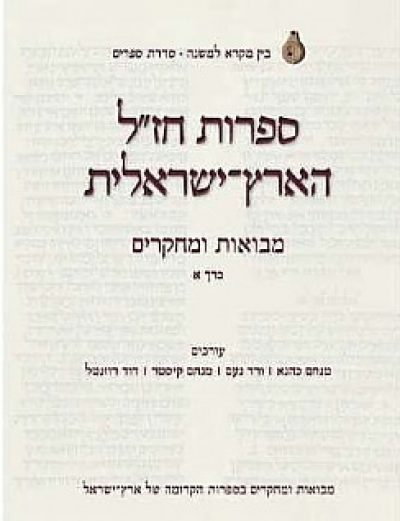Tzedaka, which is often translated as “charity”, derives from the root צ,ד,ק which – as in Arabic – has the meaning “correct” or “just.” Since at least the time of the prophets (Amos 5:7), tzedaka has been primarily equated with justice. The commandment to pursue justice (tzedek tzedek shall you pursue, Deuteronomy 16:20) is one of the most strongly stated in the Torah. From this perspective it becomes apparent why Jewish tradition teaches that giving charity is not merely a “good deed” but rather is the fulfillment of an obligation. Many biblical commandments legislate the requirement to give gifts to the poor.
Some of the special mitzvot (s.v.) dependant upon living in the Land of Israel (s.v.) entail leaving portions of one’s agricultural crops to be harvested by the poor. These charitable gifts to the poor – which are commanded in Leviticus 23:22 and described in the book of Ruth 2:2-3 – are a good example of the obligation of tzedaka.
Psalm 24, which teaches “The earth is the Eternal’s and all that fills it (v. 1)” conveys the idea that wealth and possessions are not ours to hoard and we must share them with others who are less fortunate. The significance of tzedaka is so central that it is said to be equal to all the other commandments together (Talmud BB 9a) and the concept features in the liturgy of the High Holidays alongside repentance and prayer.
Because tzedaka is a commandment, Rabbinic Judaism has guidelines for its fulfillment. Everyone—even one who is a recipient of tzedaka—is obligated to give to those less fortunate. Maimonides described eight levels of tzedaka ranging from the lowest: giving but unhappily, to the highest: giving happily and anonymously. Still higher is helping the poor to become economically independent.
A related concept is gemilut hasadim which is used to describe “acts of lovingkindness” which are good deeds which one person does for another.
Jewish tradition sees gemilut hasadim as a vitally central concept:
The world stands on three pillars: Torah, Service of God and gemilut hasadim (Pirkey Avot 1:2)
Gemilut hasadim, can also be described as humanly conferred grace (hesed).







